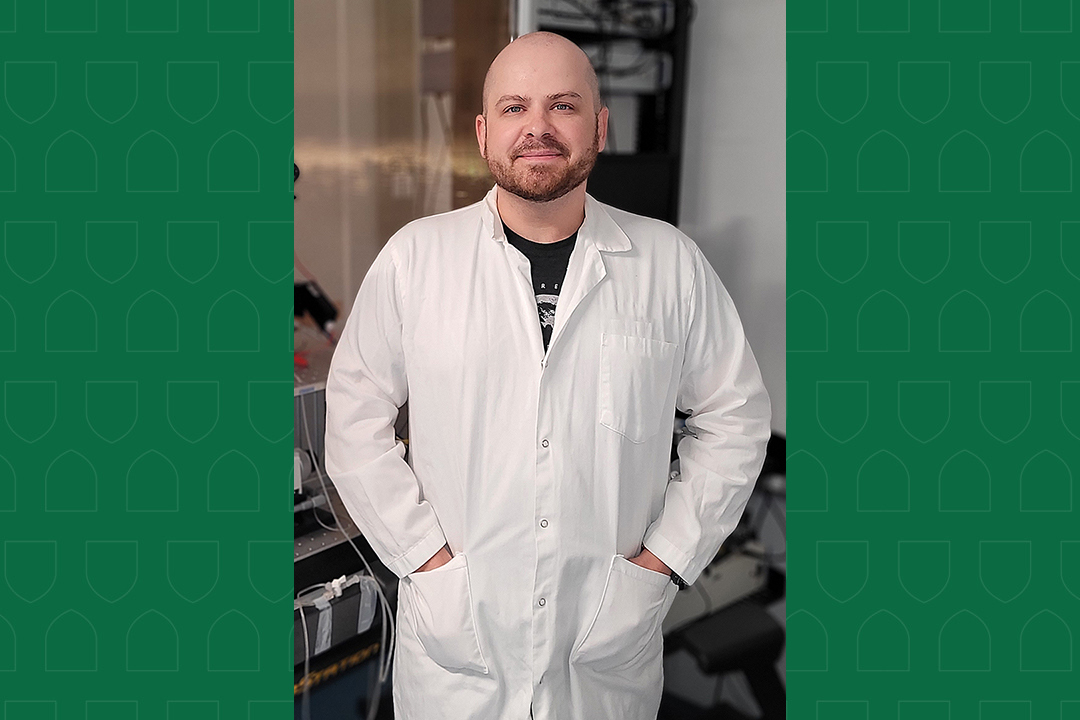
Mossy Cells and New Paths in Neuroscience: Dr. Justin Botterill
When Dr. Justin Botterill (PhD) first arrived at the University of Saskatchewan (USask), he took what he described as a 'shotgun approach' to choosing classes.
By RESEARCHERS UNDER THE SCOPEMidway through his second year, his psychology professors introduced him to neuropsychology, and to psychiatric and neurological disorders.
He was hooked.
Botterill soon began working with rodent models, later focusing on the hippocampus and pathways involved in forming memories.
"The hippocampus is widely implicated in a variety of neurological as well as psychiatric disorders," said Botterill. "It's a really important and critical structure."
After completing his PhD in cognition and neuroscience at USask, Botterill went on to work as a postdoctoral fellow at the Center for Dementia Research at the Nathan Kline Institute for Psychiatric Research in New York, then at the University of Toronto Scarborough.
In January, he was hired as an assistant professor in the Department of Anatomy, Physiology and Pharmacology at USask's College of Medicine.
Today, he's setting up his laboratory and hiring researchers to help examine the dentate gyrus, its granule cells and the diverse roles mossy cells play across the hippocampus.
"Several lines of research over the last five or ten years have really shown that [mossy cells] contribute to a lot of important functions. That's why they're very exciting to study," said Botterill. "It's a really interesting feedback loop."
He said mossy cells are not a single homogenous group of neurons.
"Although historically mossy cells have been treated as a single class of neurons in the hippocampus, several lines of research suggest they differ in their gene expression, morphology, physiological properties, and anatomy," he said.
"No one's really investigated these potential subcategories of mossy cells at a deep level yet."
In this episode, Botterill explains the role mossy cells in the dorsal hippocampus play in spatial and cognitive functions. He said those in the ventral hippocampus show strong links to emotions such as anxiety.
He also is looking at the role these excitatory cells play in Temporal lobe epilepsy, a disease characterized by seizures, along with debilitating cognitive and behavioural effects.
"One in three people with epilepsy don't respond to medication," said Botterill, who said he's hoping to focus on translational research in this area.
Botterill hopes to better identify the cells, circuits and proteins inside the dentate gyrus that generate seizures. Alongside researchers including Drs. John Howland (PhD) and Robert Laprairie (PhD), he's hoping to eventually test new therapeutics on these target areas, to see which ones best prevent or reduce seizure activity.
"Can we develop treatments that would improve care for individuals, reduce the severity of their seizures, and allow them to lead healthier lives?”
